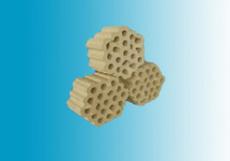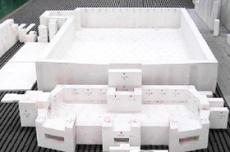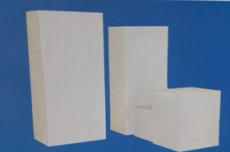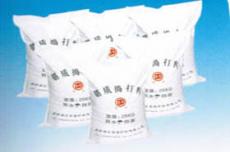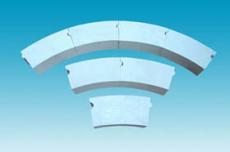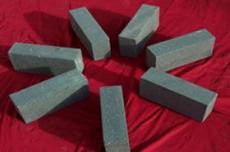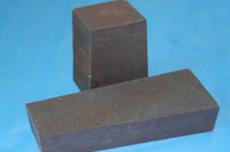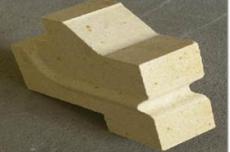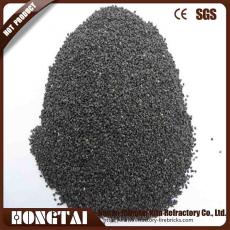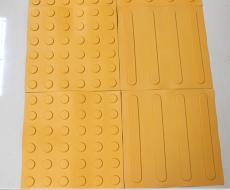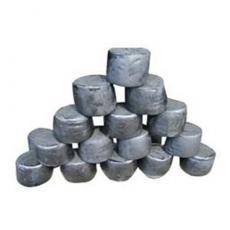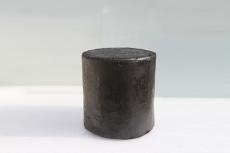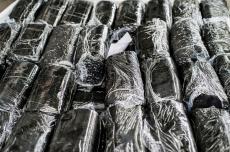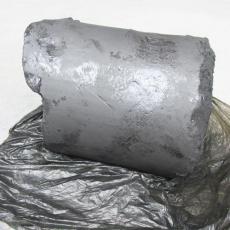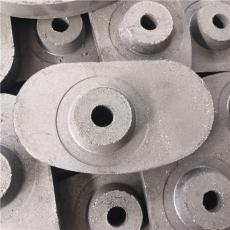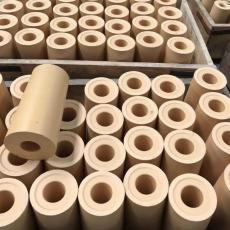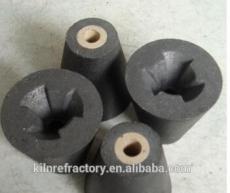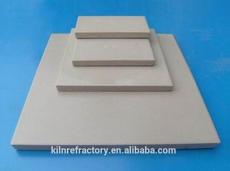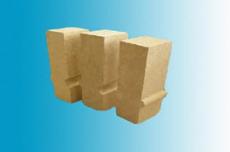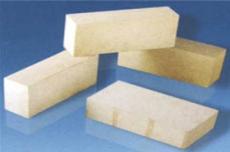
Castables (also known as refractory castables) are core materials for high-temperature scenes such as industrial kilns and thermal equipment. Their performance stability is directly related to the equipment life and production safety. However, the problem of moisture has always been a major hidden danger that plagues construction parties.
01 Moisture-proof properties and failure mechanism of castables
The core components of castables include refractory aggregates (such as corundum and mullite), binders (such as aluminate cement and phosphates) and additives. The binders mostly use a hydration reaction mechanism. For example, aluminate cement hardens by hydrating to form mineral phases such as calcium aluminum, while phosphate binders rely on acid-base neutralization reactions to form a three-dimensional network structure. Once damp, moisture will cause the following problems: Binder failure: The active ingredients in the binder (such as CA, CA₂) are hydrated in advance after encountering water, resulting in the inability to form effective bonding during subsequent mixing. Particle agglomeration: fine powder raw materials (such as α-Al₂O₃ powder) absorb water to form colloids, which wrap aggregate particles, destroy the grading design, and significantly reduce fluidity. Performance degradation: experimental data show that the room temperature strength reduction rate of damp castables can reach 40%-60%, and the high temperature load softening temperature is reduced by more than 100°C.
02 Quantitative evaluation standard of moisture degree
(i) Appearance judgment method Slightly damp: condensation on the inner wall of the packaging bag, but the material is not agglomerated and can still be dispersed after being squeezed by hand. Moderate damp: lumps less than 5mm appear locally, and the proportion of lumps is less than 10%. Severe damp: the diameter of the lumps is greater than 10mm, the proportion is greater than 30%, or mildew and discoloration occur.
(ii) Laboratory test method Moisture content determination: drying method (drying at 105℃±5℃ to constant weight) is adopted, and the qualified standard is ≤0.5%. Flow value test: According to GB/T 4513.2 standard, the damp material is judged to be invalid if the flow value attenuation rate is greater than 30%. Strength verification: Prepare a 40mm×40mm×160mm sample, and the demoulding strength after 24h is less than 5MPa, which is unqualified.
03 Grading treatment plan for damp castables
(I) Mild dampness: can be rescued and used Applicable scenarios: moisture content ≤1.0%, hard block ratio <5%. Processing process: Screening: Remove hard blocks through an 8-mesh standard sieve. Compounding: Supplement 5%-10% of binders and admixtures (such as water reducers, explosion-proof fibers) according to the original formula. Performance verification: pass the flow value test (≥180mm) and small sample baking test (110℃×24h without cracks). Case: In the repair project of the blast furnace tapping channel of a steel plant, the castable treated with this solution had a volume density of 2.85g/cm³ after baking, and there was no peeling after 10 thermal shock cycles at 1500℃×3h.
(II) Moderate dampness: Degraded use applicable scenarios: moisture content 1.0%-3.0%, hard block proportion 5%-15%. Application direction: non-load-bearing parts: such as furnace wall insulation layer, flue lining. Mix ratio adjustment: increase the aggregate proportion by 10%-15%, and reduce the amount of binder. Construction process optimization: adopt segmented pouring, high-frequency vibration, and strengthen maintenance (covering plastic film + spraying water for 72 hours). Risk warning: It is strictly forbidden to use in areas that directly contact high-temperature melts (such as molten iron and molten steel).
(III) Severe dampness: Direct scrapping judgment standard: moisture content > 3.0%, hard block proportion > 15%, or stratification and mildew. Disposal suggestions: Physical recycling: crushed as road base material (free CaO content needs to be tested < 3%). Chemical regeneration: remove crystal water by calcining at 1200℃, but the cost is high and only applicable to special materials. Typical case: In the kiln hood repair project of a cement plant, the misuse of damp castables caused large-scale peeling during baking, with direct economic losses exceeding 2 million yuan.
04 Moisture-proof management strategy for the entire construction cycle
(i) Environmental control in the storage stage: temperature 5-30℃, relative humidity ≤60%, and moisture-proof cushioning layer laid on the warehouse floor. Packaging upgrade: aluminum foil composite film lining + rainproof cloth outer wrapping, stacking height ≤1.5m. Expiration date management: products with a production date of less than 3 months are preferred, and the longest storage period does not exceed 6 months.
(ii) Rainproof tarpaulin is covered throughout the transportation process, and a temperature and humidity recorder is installed on the vehicle body. During transportation in the rainy season, a quicklime moisture absorption layer is laid on the bottom of the carriage.
(iii) On-site inspection in the construction stage: Use a humidity sensor to detect the environment inside the package before opening the bag, and RH>70% is considered damp. Process adjustment: High temperature environment (>30℃): Use well water (15-20℃) to mix the material and add 0.1%-0.3% retarder. Low temperature environment (<5℃): Use greenhouse heating, and the mixing water temperature should be ≥30℃. Emergency plan: In case of sudden rainfall, stop construction immediately, cover the unhardened parts with plastic sheeting, and complete the removal within 48 hours.
05 Cutting-edge technology progress in the industry
Nano hydrophobic modification: Treat the surface of the raw material with a silane coupling agent to make the contact angle >150°, and extend the moisture-proof period to 12 months. Intelligent packaging system: Integrate humidity sensor and color-changing indicator label. When the RH in the package is >65%, the label changes from blue to red. 3D printing moisture-proof structure: Use compartment casting technology to reduce the exposed area of the material, which has been successfully applied in the repair of hot end components of aircraft engines.
The disposal of castables after moisture needs to establish a closed-loop management system of "detection-assessment-disposal". Mildly damp materials can be recycled through technical means, but moderate and above damp materials must be scrapped resolutely, and do not lose the big picture for the small. With the penetration of nanomaterials and Internet of Things technologies, moisture-proof management will develop in the direction of intelligence and precision in the future, providing stronger protection for the safe operation of high-temperature industries.
